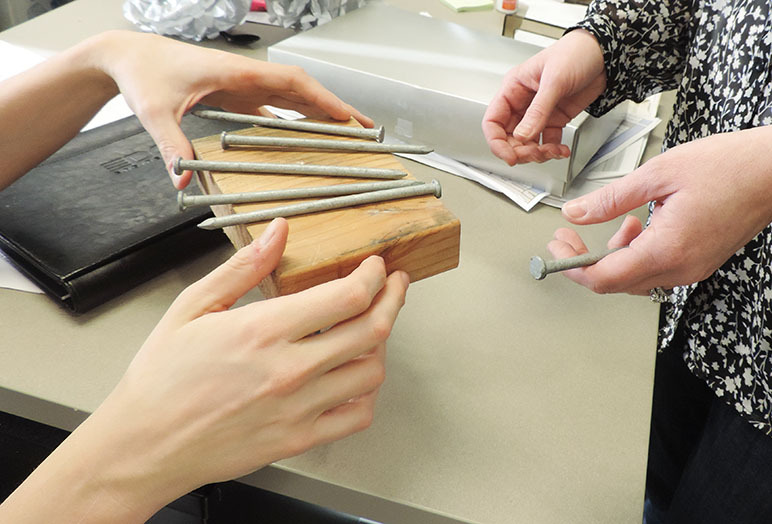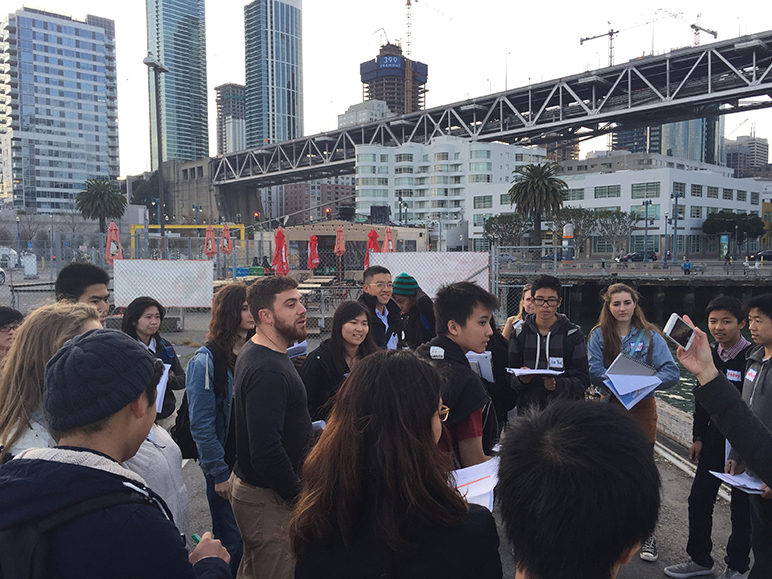The Next Generation of Engineers - The Value of STEM Education to the AEC Industry
The old days of “reading, writing and arithmetic” are over. Today’s jobs – to say nothing of tomorrow’s – need high school and college graduates with much more specialized skillsets geared towards critical thinking, technological prowess, problem solving and analysis. Governments, recognizing this disconnect between the skills of new employees and the needs of employers, have begun retooling their approach to education, opting to focus on applied sciences and technology over humanities. Many school districts are going as far as opening specialized high schools (STEM, which stands for Science, Technology, Engineering and Mathematics) for students whose parents want them to be well-positioned for 21st century jobs.
With the manufacturing jobs that used to be the backbone of the American economy increasingly being lost overseas due to globalization, STEM-related jobs such as engineering, software development and biomedical work hold more promise in the coming years. A 2011 study by the U.S. Commerce Department found that STEM jobs grew three times as fast as non-STEM jobs over the previous decade and that STEM employees earn 26 percent more on average than those in non-STEM fields. In the next decade, STEM jobs are expected to grow by 17 percent compared to 9.8 percent for other occupations.

Finding the best and brightest talent is vital to DCI Engineers’ future success. About 75 percent of our staff positions require technical degrees. When the economy is booming, as it has been recently, our staff grows at 15 to 20 percent per year. In addition to the focus on the high school level, DCI President Mark Aden said more work needs to be done to get university students into STEM programs and out the other side, diploma in hand. According to the National Math and Science Initiative (NMSI), only 62 percent of college students who enter a college STEM program finish with a degree. Aden said the supply of qualified new candidates tends to lag a bit behind the upticks in economic activity that lead to increased work and hiring at DCI.
“We suffer from the same problem every boom, which is that the supply of qualified applicants is fairly inelastic and takes time to respond to demand,” Aden said. “By the time people have figured out that civil engineering is a good major and spent four years at it, the boom is over! Then they all run away from the major during down times, which puts us back in the same problem when the economy recovers again.”

Aden said he’d also like to see STEM programs become more diverse. According to the National Science Foundation, underrepresented minority groups made up less than 13 percent of engineering degrees in 2010. The picture is equally bleak for women – they make up only 14 percent of engineers in America, according to the U.S. Congress Joint Economic Community.
The seeds of success in college are planted in K-12 education. According to the NMSI, only 44 percent of 2013 high school graduates were ready for college-level math while only 36 percent were prepared for college-level science courses. Despite outspending most other countries on a per-student basis, the United States is consistently outperformed by many Asian and European countries when it comes to producing students that are prepared for college.
To combat this trend, DCI staff donate their time and money to many causes that aim to cultivate the inquisitive minds of the next generation of engineers. The Structural Engineers Association of Washington, of which DCI is a member, recently donated $5,000 to go to STEM programs in several local high schools, including Mountlake Terrace High School, outside Seattle. Founding partner Mark D’Amato was a driving force in pushing SEAW to support STEM education programs.

DCI has also contributed to several bond campaigns for new STEM schools. Damon Smith, now a principal at DCI’s Irvine office, was chairman of a bond committee that pushed for more money for schools in the Central Valley School District in Spokane, Washington.
Edward Liao and Erik Aden, project engineers in the San Francisco office, are part of the Architecture, Construction and Engineering mentoring program, where up to 12 professionals from the A/E/C community meet weekly with about 20 high school students and walk them through an actual design project. Currently the group is focused on the Piers 30-32 project, a large lot on San Francisco’s waterfront that is due for redevelopment. Each meeting focuses on a different stage of the project – from planning, to different stages of design to construction. The group recently did a site visit to help students visualize the concepts.
“Planning for college is happening much earlier than it used to,” Erik Aden said. “It’s important that students understand and have an interest in this industry when they’re in high school so that they can make informed decisions about their education and career paths.”
*Thank you to our contributing author Stephanie Smith, Senior Marketing Coordinator, DCI+SDE.
Caleb Heeringa, Communications Coordinator | Caleb enjoys immersing himself in the A/E/C industry and informing audiences about DCI’s contribution to state-of-the-art structural development. Preferring a conversational style, he naturally narrates the firm’s design approach and project details to professionals in other industries. With a knack for adventure, he enjoys international travel and exploring the back corners of Washington’s wilderness.


